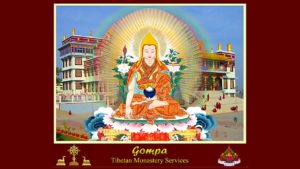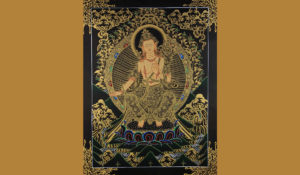Memorization:
Memorization Examination has been a long monastic tradition in Tibet. In this, students recite by heart all the texts that they were able to memorize in front of an examiner. This was conducted twice a year, one in summer and another in winter. Good students are able to recite thousands of pages by heart.
Debate:
The debate is also one form of examination that has existed for long from the past; it is one of the most important parts of monastic education. Unlike in the past when students presented their debates from topics of their own choices, nowadays students above the class of Senior to Old Prajnaparamita have to choose an envelope from closed envelopes which contain different topics; on the chosen topic as written on a small paper inside the envelope, they have to debate in public. Through suggestions of experienced resident teachers, this system was established in 1979 and it still continues.
Written Examination:
No form of written examination existed in the past monastic system of education in Tibet. However, as it is important for students to be able to write and express their own thoughts on different ranges of the Buddha teachings, in 1989 a new system of written examination was inducted into the monastic system. The subjects at that time were the five classical texts of Buddhism. At that time, Tibetan Grammar and other miscellaneous subjects were not included in the curriculum. Since 1995, Tibetan Grammar was included in the examination. In 1997, other miscellaneous subjects were also added. Now, students above the class of Senior to Old Prajnaparamita have to sit for their written examinations. This written examination is also conducted to prepare students for the six successive years of examinations at the Geluk University.









